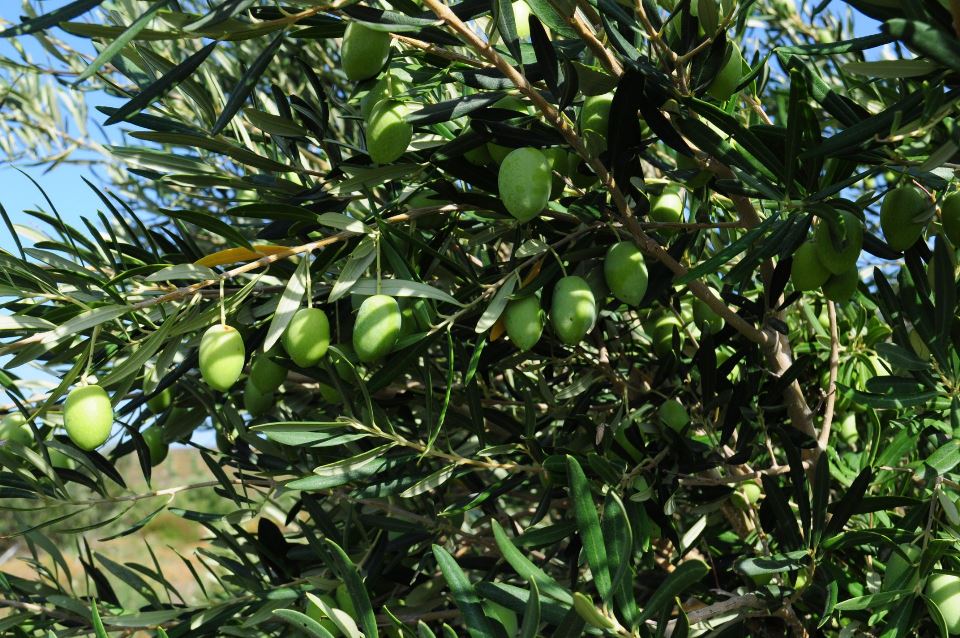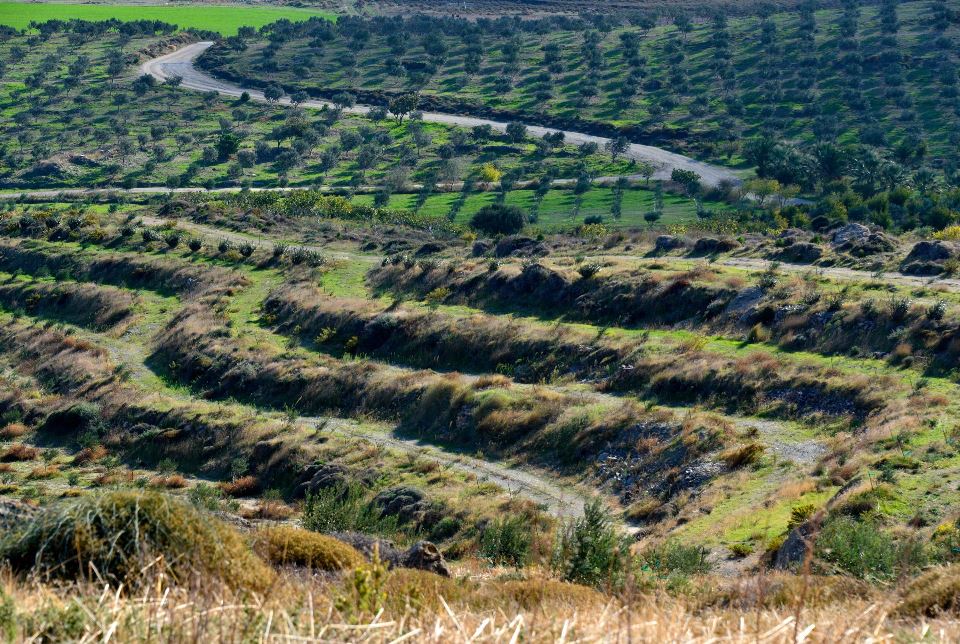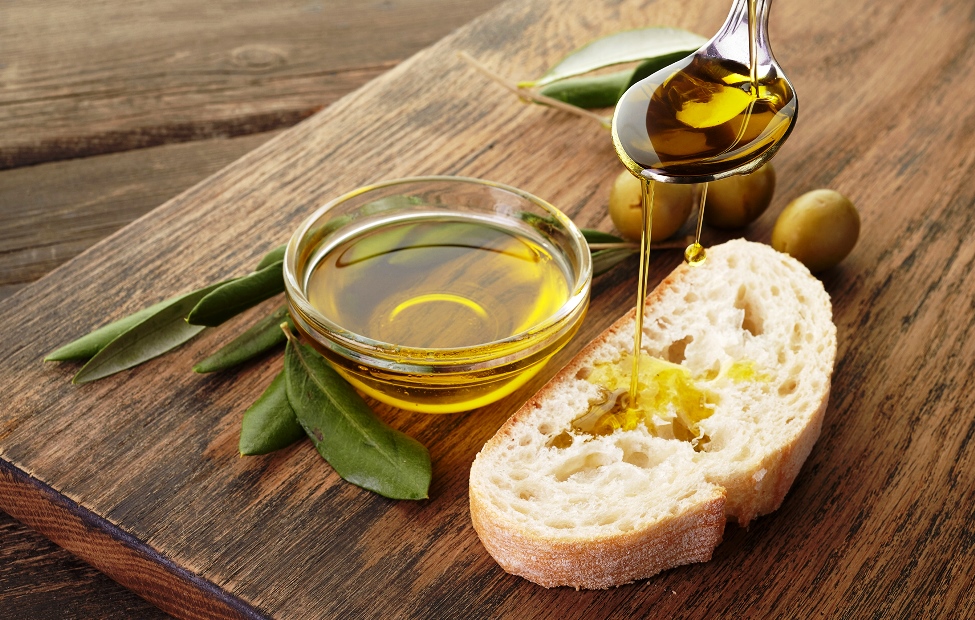Know your Extra Virgin Olive Oil is an excellent article from Gianna Balafouti, explaining the different olive oils you can find.
How many categories of olive oil are there?
Greece maintains the highest per capita consumption of olive oil in the European Union with approximately 12 kg per person per year. But how much do we really know about the quality of olive oil we consume?
Recipes usually start like this: “Heat some oil in a pot” or “sauté the onions with the oil in a shallow pot.” In Greece, when we say “oil,” we understand that (obviously) we are talking about olive oil. When it is not olive oil, then we specify the oily substance by saying “add seed oil” or “sauté with sunflower oil.”
Why is this happening? Because the product produced from the olive, olive oil, our Greek national product, the one we have been proud of since Ancient Greece until today. And is that wrong? Yes, it is, because by using simply the word “oil,” we reduce its value by taking away that “something more” – the added value, as the experts like to say.

Is olive oil, olive juice?
The olive fruit is not considered a fruit in the classical sense of the word because we cannot consume it by cutting it directly from the tree. However, it is a type of fruit juice because it comes from a stone fruit. Stone fruits are fruits that typically have only one seed protected by a hard shell, known as a pit, like the olive. In the same category are peaches, cherries, mangoes, plums.
How much olive oil do we consume?
The European Union is the largest producer, consumer, and exporter of olive oil as it produces almost 60% worldwide. About 4 million hectares, mainly in the Mediterranean countries of the EU, are dedicated to the cultivation of olive trees, combining olive groves cultivated traditionally, intensively, and ultra-intensively. Italy and Spain are the largest consumers of olive oil in the EU, with annual consumption of around 500,000 tons each, while Greece has the highest per capita consumption in the EU, with around 12 kg per person per year.
The extra virgin olive oils: PDO olive oils
Protected Designation of Origin means that the traditionally used name identifies a product:
a) Originating from a specific place or region,
b) Whose quality or characteristics are mainly or exclusively due to the particular geographical environment with the inherent natural and human factors that characterize it, and
c) Of which all stages of production are carried out within the defined geographical area.
Registered as Greek PDOs are: 1) Viannos of Heraklion Crete, 2) Ligourio of Asklepiou, 3) North Mylopotamos of Rethymno Crete, 4) Krokees of Laconia, 5) Petrina of Laconia, 6) Kranidi of Argolis, 7) Peza of Heraklion Crete, 8) Archanes of Heraklion Crete, 9) Kalamata, 10) Kolymvari, Chania, Crete, 11) Sitia, Lasithi, Crete, 12) Apokoronas, Chania, Crete, 13) Thrapsano extra virgin olive oil, 14) Finiki, Laconia, 15) Trizinia extra virgin olive oil, 16) Celino extra virgin olive oil, Crete, 17) olive oil from unripe olives of Halkidiki, 18) Messara, 19) Galano Metaggitsiou of Halkidiki, 20) Olive oil of Makris.

The extra virgin olive oils: PGI olive oils
Protected Geographical Indication means that the traditionally used name identifies a product:
a) Originating in a specific region,
b) Of which a certain quality characteristic, reputation, or other characteristic can be attributed primarily to its geographical origin, and
c) Of which at least one of the stages of production is carried out within the defined geographical area.
Registered as Greek PGI are: 1) Laconia, 2) Chania Crete, 3) Kefalonia, 4) Olympia, 5) Lesvos or Mytilini, 6) Preveza, 7) Rhodes, 8) Thassos, 9) Samos, 10) Zakynthos, 11) Agios Mattheos, 12) Kritsa.
Categories of Olive Oils
There are 8 different categories of Olive oils and Olive pomace oil:
Extra virgin olive oil is the highest quality category. Organoleptic characteristics show no defects, it is fruity, and the level of acidity should not exceed 0.8%.
Virgin olive oil is also fruity but has some organoleptic defects in very low percentages. Its acidity should not exceed 2%.
Defective olive oil (lampante) is virgin olive oil of lower quality with acidity above 2%, without fruity characteristics, and with essential organoleptic defects. Defective olive oil is a category of oil that is not edible because it has quite high acidity and is unpleasant in taste and smell, which is why it is not allowed for retail sale. To make it edible, it undergoes refinement; otherwise, it is used for industrial purposes.
Refined olive oil is the olive oil whose acidity has been neutralized with caustic sodium; it has undergone deodorization and neutralization of unwanted aromas and unpleasant taste, and it has been decolorized with activated carbon. It is not edible.
Olive oil consisting of a large percentage of refined olive oils and a smaller percentage of virgin or extra virgin olive oil.
Crude pomace oil comes from the olive kernel after chemical treatment and is not edible.
Refined or refined pomace oil comes from the processing (refining) of crude pomace oils and is not edible.
The pomace oil comes from the blending of refined pomace oil that has no taste, odor, and acidity, and to which a small percentage of extra virgin or extra virgin olive oil is added so that it is edible and safe to consume. It is clearly inferior oil compared to olive oil, but it is better than all the seed oils on the market because it keeps its basic composition with its main structural characteristic being the monounsaturated fatty acid, the oleic acid. In order to be classified as seed oil, its acidity should not exceed 1%.
Only extra virgin olive oil (category 1), extra virgin olive oil (category 2), olive oil (category 5), and pomace oil (category 8) may be sold at retail.
How is extra virgin olive oil evaluated?
According to the regulation of the European Union, an olive oil to be called “extra virgin” must go through two evaluations in which the following are examined:
a) The physicochemical characteristics such as acidity, peroxide value, fatty acid content, and other elements. Measurements are made in an accredited food quality control laboratory.
b) The organoleptic characteristics that we understand with our senses, and the measurements are made with a specific procedure by accredited olive oil testers who evaluate the positive qualities: fruity, bitter, spicy, as well as the possible defects, i.e., the aromas and flavors that are unpleasant.
Translated by TheGreekChef.us
Watch the video: EVOO of Sigri, Lesvos Island


Recent Comments